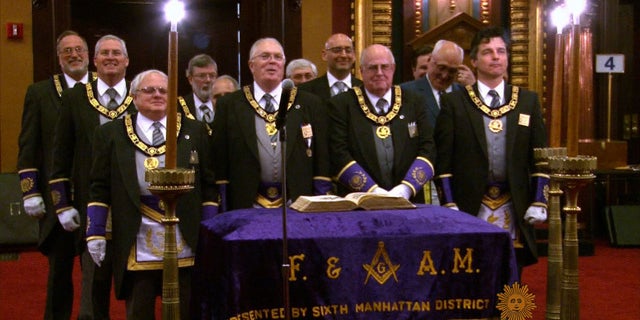


The White Pilgrim or, Castle of Olival: An Interesting and Affecting Tale, Founded on Singular Facts.While reading the manuscripts, amazing visions you will see, you will automatically start to neothink. The Vindictive Monk or The Fatal Ring, Isaac Crookenden

The Ruins of the Abbey of Fitz-Martin, Thomas Isaac Horsley Curties THE NUN, OR MEMOIRS OF ANGELIQUE A TALE, Unknown An Interesting Spanish Tale of the Eleventh Century., Unknown To Which is Prefixed, The Nocturnal Assassin or, Spanish Jealousy., Isaac Crookenden The Mysterious Murder or, the Usurper of Naples: An Original Romance. To Which is Added the English Earl: or the History of Robert Fitzwalter, Unknown The Gothic Story of Courville Castle or the Illegitimate Son, a Victim of Prejudice and Passion: Owing to the Early Impressions Inculcated with Unremitting Assiduity by an Implacable Mother Whose Resentment to Her Husband Excited Her Son to Envy, Usurpation, and Murder but Retributive Justice at Length Restores the Right Heir to His Lawful Possessions. A Tale of the Fifteenth Century, Sarah Scudgell Wilkinson OAKCLIFFE HALL OR THE FATAL EFFECTS OF FEUDAL QUARRELS. Chichester, West Sussex, UK : Wiley-Blackwell, 2013. Hughes, William, David Punter, and Andrew Smith. See also: secret parentage, secret passages The Gothic places value in the truth of birth, however, over the stolen or pretended identity, and plots are not concluded until the truth comes out.Ĭourtesy of Wendy Fall, Marquette University Gothic identities shift they can be changed by the church, such as when a girl becomes a nun, and is renamed after a saint, or changed by circumstances, such as the wealthy child who is sent to live with poor relatives. Schedoni in The Italian is the Count di Bruno in disguise, hiding from his crimes. Theodore in Castle of Otranto appears to be a peasant boy, but is in fact the unacknowledged heir of Otranto. Matilda in The Monk is able to begin her temptation of Ambrosio because she is disguised as a boy. Chapbooks of geheimbundroman include The Midnight Groan or The Spectre of the Chapel (1808) and The Mysterious Spaniard, or the Ruins of St. An entire subgenre of the Gothic called the 'secret societies novel' (geheimbundroman) flourished in the late 1700s, including such titles as CM Wieland's Peregrinus Proteus, Jean Paul's Invisible Lodge, and Peter Will's Horrid Mysteries, which was translated from a German novel. The paranoic notion that the mason down the street could be secretly plotting revolution, murder, or mayhem was a particularly fruitful one for Gothic novelists to exploit. In 1797, Augustin Barruel published Memoirs Illustrating the History of Jacobinism, blaming the Illuminati and Freemasons for the French Revolution. Around the time of the origins of the Gothic, there was a proliferation of secret societies, and traditions of blaming these societies were taking hold. Sometimes termed 'clandestine tribunals', secret societies are a common motif in Gothic fiction. These are shadowy doppelgangers of real life which many have viewed as a threat to the status quo. One example of this can be found in the chapbook "Oakcliffe Hall," in which the sole survivor finds a manuscript explaining the secret (sexual) reason for the feud that killed her family. Most of the time, they are found in a rediscovered manuscript or long-lost letter, and serve as an alternative to the supernatural, providing a historical explanation for strange events. This is lost information from the past, usually lying about in paper or artwork waiting to be discovered. Every Gothic tale is a spiderweb of secrets, spun together and unwound in the course of the story.


 0 kommentar(er)
0 kommentar(er)
